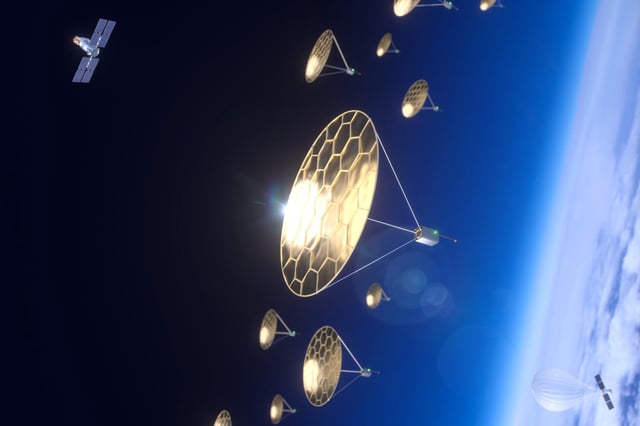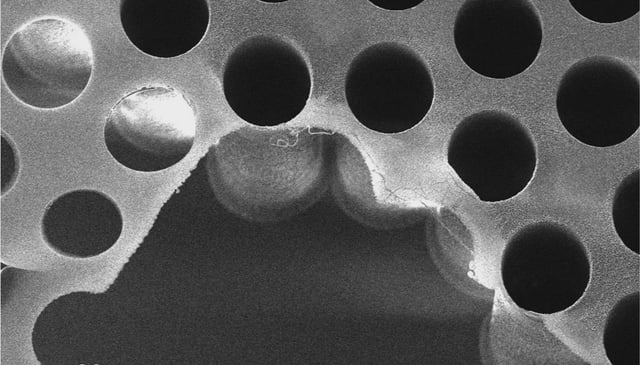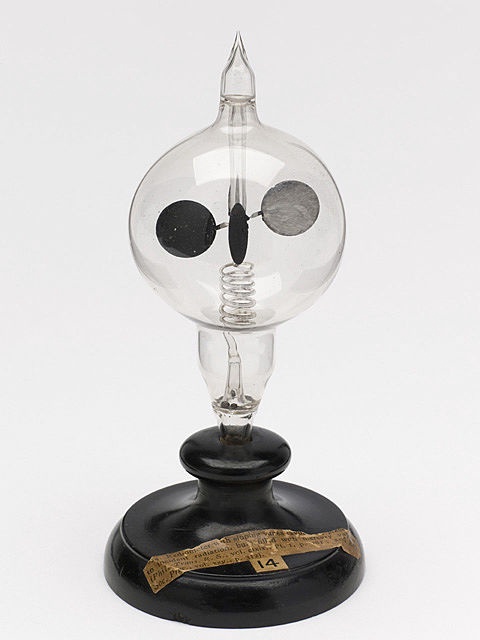Overview
- Researchers demonstrated that a 1 cm perforated alumina-chromium device can hover at 26.7 Pa when exposed to about 55 percent of full sunlight, mimicking conditions 60 km above Earth.
- Computer models published in Nature project that scaling the design to 3 cm could enable each flyer to carry roughly 10 mg of electronic payload in the mesosphere.
- The devices exploit photophoresis by using temperature differences between a transparent top membrane and a light-absorbing bottom layer to generate continuous lift without moving parts.
- Rarefied Technologies, a Harvard spinoff founded by lead author Ben Schafer, and academic collaborators are now working on scaling fabrication, integrating sensors and communication modules, and planning field trials.
- Independent experts highlight remaining hurdles including milligram-scale payload limits, the need for heavier hardware for direct-to-ground links, and reliance on daylight and narrow pressure windows.


